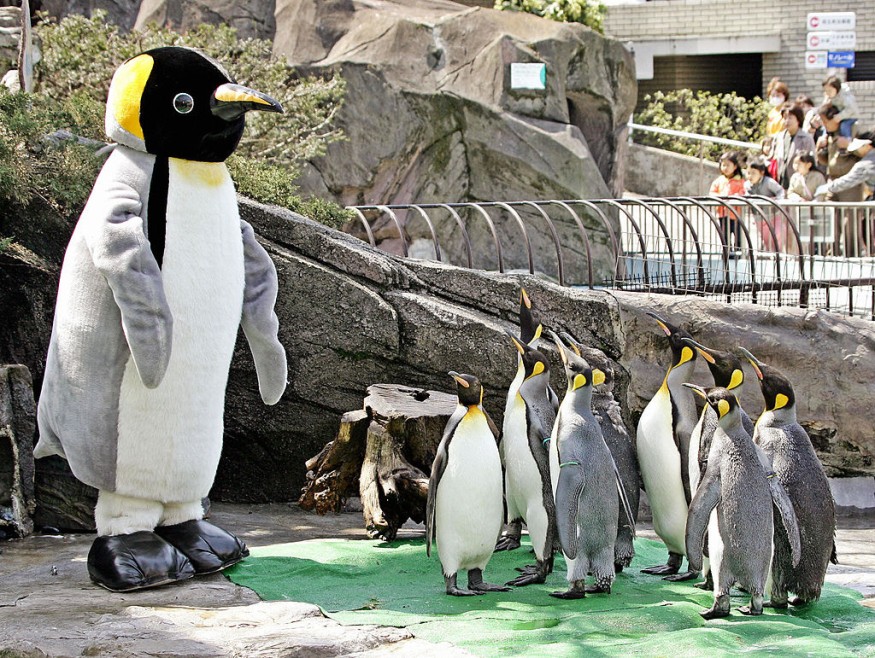A recent report showed the concerning status of Emperor Penguins in Antarctica. Climate change and sea ice loss have a devastating impact on the said penguin population.
Climate change has been a significant concern among experts due to the worsening impacts of extreme weather events and sea ice extent. Species are sensitive to changing temperatures, affecting their habitats and food sources.
Emperor Penguin Population Decline

However, emperor penguins have suffered from the effects of climate change on sea ice. They thrive in cold waters and areas in the Antarctic.
The breeding success of emperor penguins will depend on the fast ice or the stable ice attached to the Antarctica coast.Emperor penguins, considered the largest seabirds, are recognizable by their black and white appearance. They can weigh about 40 kg and weigh a height of 120 cm.
Despite their appearance, they are efficient and great swimmers to look for potential prey or food sources.
In a research published in the Communications Earth and Environment, the record-low in the Antarctic ice in 2022 caused devastating impacts on penguin breeding.
The sea ice is essential to the Emperor Penguin's biodiversity and ecosystems. The reductions in the sea ice content could affect the stable land-fast sea ice.
As a result, protecting the Emperor Penguin population is essential to save their species from decline due to the following:
- Over 80% of Emperor Penguins' colonies are at risk by 2100.
- Meanwhile, two-thirds of species in Antarctica are threatened by extinction.
In the 2022 report, researchers emphasized the increasing concerns about climate crisis impacts on said penguins.
It can likely cause the risk of extinction of Emperor Penguins due to the melting of sea ice.
In a study published in Plos Biology, the report highlighted the threats of greenhouse gas emissions in different antarctic native species. The warmer waters can put significant risks in Penguin's chicks.
The greenhouse gas emissions could unfold the worst impacts on biodiversity in Antarctica, including the species of Emperor Penguins. As a result, the commitment of communities and countries is essential to conserve their population.
Also Read : Climate Change Fuels Frequent Shift From Worsening Drought to Deadly Flooding, Research Warns
What you know more about Emperor Penguins
A recent report showed at least 265,000 to 278,000 breeding pairs of Emperor penguins globally. The male and female penguins show their love for one another in courtships. The parents help to incubate their chicks.
Their feet can walk up to 60 miles in the cold weather and ice.
Despite harsh temperatures in Antarctica, the Emperor Penguins can live in extreme cold temperatures. Their body can prevent them from freezing from the bone-chilling weather conditions.
Penguins are also found in different areas: the Galapagos Islands in Ecuador, South Africa, Antarctica, New Zealand, Chile, Australia and Peru.
Related Article : Unique Butterflies Distribution in Eastern Denmark Declined by 72% Since 1993 Due to Habitat Loss, Unsuccessful Conservation
For more similar stories, don't forget to follow Nature News.
© 2026 NatureWorldNews.com All rights reserved. Do not reproduce without permission.





